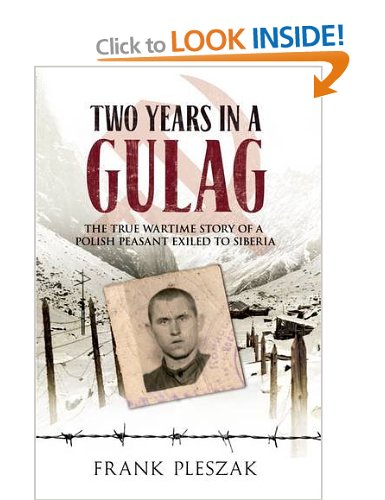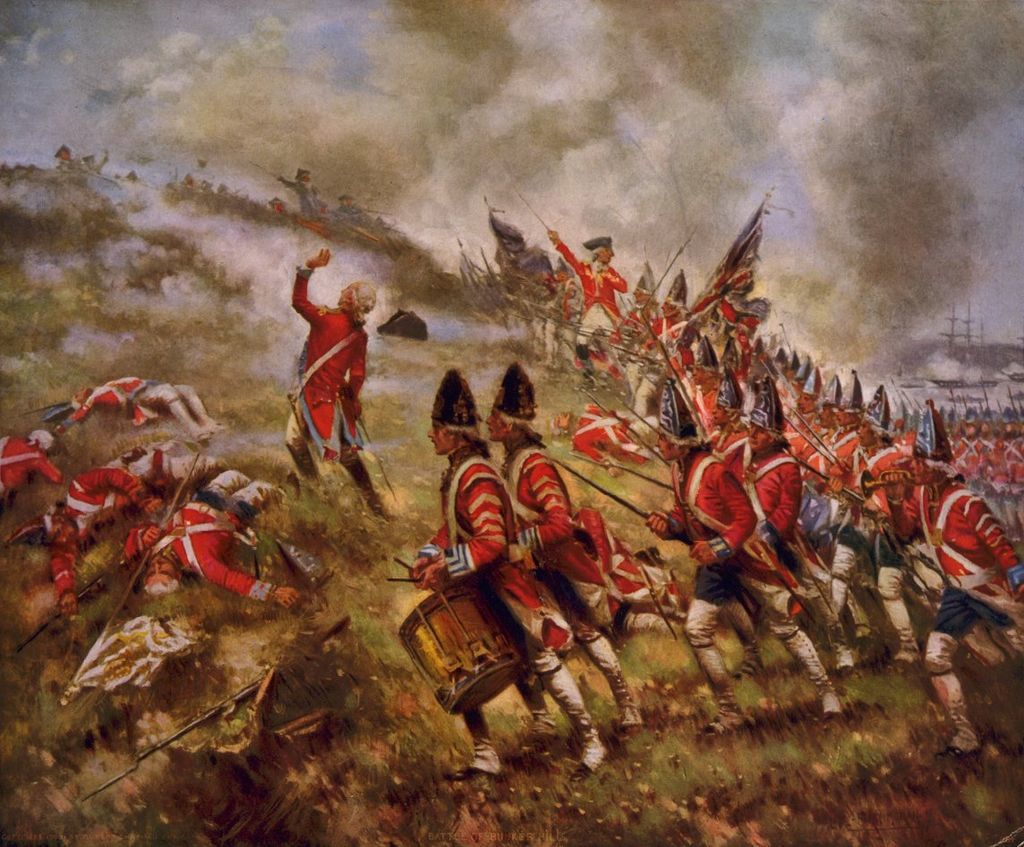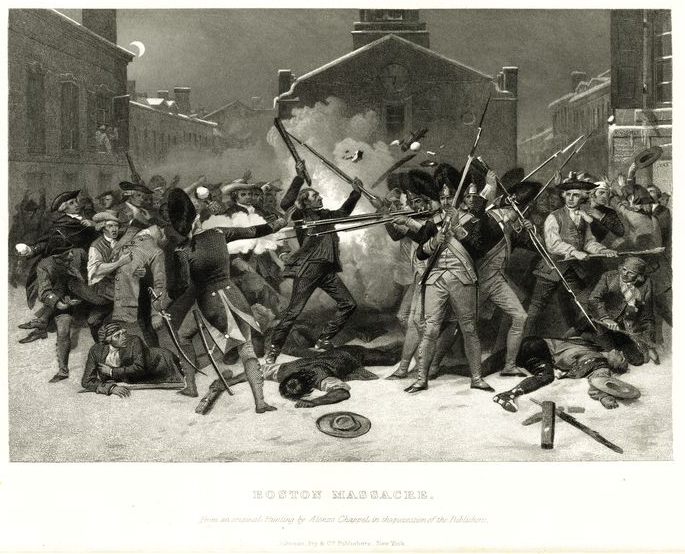A Heartbeat Away
You would be hard-pressed to find, among the men who peevishly held the office, a favorable opinion uttered of the vice presidency.
John Adams complained to his wife Abigail of the frustrating ineffectiveness affixed to “the most insignificant office that ever the invention of man contrived or his imagination conceived.”
The vice presidency “ought to be abolished” in the mind of Theodore Roosevelt, who offered his grumpy yet prescient perspective that “the man who occupies it may at any moment be everything, but meanwhile he is practically nothing.”
Franklin Roosevelt’s first VP John Nance Garner proclaimed the position “not worth a bucket of warm piss”, while Harry Truman, FDRs third and final second-in-command, joked that vice presidents “were about as useful as a cow’s fifth teat.”
Lyndon Johnson was certainly no stranger to the discontent of thwarted ambition and irksome exclusion. Consistently and deliberately closed out of the president’s inner circle, it was not exactly a well-kept secret that LBJ reserved the greatest measure of his odious disdain for Kennedy’s Attorney General, brother, and ruthless right-hand man Bobby, who Johnson thought “acted like he was the custodian of the Kennedy dream, some kind of rightful heir to the throne.” Jack, meanwhile, would send Johnson off on as many insignificant overseas diplomatic missions as he could concoct with the express purpose of sparing himself the despondent look pulling down Lyndon’s already droopy features as he moped in a perpetual state of self-pity around the White House.
Power Struggle
Lyndon Johnson was literally and figuratively kept in the dark at Parkland Hospital. Seated with Lady Bird in a small, dimly lit waiting room as physicians down the hall attempted frantically to achieve what everyone knew to be the impossible and save John Fitzgerald Kennedy’s life, he was simultaneously processing the pandemonium of Dealey Plaza while looking as far as he dared into the immediate future and the very real probability of his impending ascendance to the presidency. But, amidst the confusion of emergency responders who did not have the time to give him - and some of Kennedy’s other men – an update, Johnson yet again found himself odd man out.
“The disaster had exposed a hidden weakness, the allegiance of individual agents to a man,” William Manchester penned in his masterful The Death of a President. “As long as Kennedy had been in command the lines of authority were clear. Now the old order had been transformed into hopeless disorder.”
Streaked in gore, Jackie refused to be parted from her husband’s side, insisting “I want to be in there when he dies” and that a priest (Father Oscar Huber) be summoned to administer last rites to Jack before the official pronouncement of death could be made for the sake of his immortal soul.
Johnson, meanwhile, awaited word of the inevitable which he would obstinately accept only from the president’s personal friend and political aide Ken O’Donnell who, with Dave Powers, Larry O’Brien and others, comprised JFKs doggedly loyal ‘Irish Mafia’. Whatever the gruesome reality, Lyndon Johnson would never be their president. Johnson, not for the last time that day, would be left wanting. Secret Service agent Emory Roberts was the first to alert Johnson to the president’s mortal demise, but Assistant Press Secretary ‘Mac’ Kilduff would have to do in satisfying Lyndon’s desire for a spokesman from the Kennedy contingency, the first to address Johnson as “Mr. President”.
Only then was LBJ spirited away, the enormity of the situation pressing down upon Lady Bird in her later recollection of flags already flying at half-mast on buildings between Parkland Hospital and Love Field. Kennedy’s body would make the same journey only after a tense standoff between Parkland’s medical staff backed up by local law enforcement and the Secret Service, Irish Mafia, and Jackie Kennedy who collectively used the president’s coffin on a gurney as a battering ram to force their way out. Kilduff finally addressed the press to formally announce to the nation, “President John F. Kennedy died at approximately one o’clock central standard time today here in Dallas. He died of a gunshot wound in the brain.”
Bobby’s Wounds Ripped Wide
The trauma of Robert Kennedy having to learn of his brother’s assassination was compounded immeasurably by the callous insensitivity with which, and from whom, the news was delivered. Bobby would suffer two indignities dealt out in quick succession by the men he hated most. The feelings of loathing, it goes without saying, were reciprocal.
FBI director J. Edgar Hoover phoned Bobby’s Hickory Hill home in McLean, Virginia and, with no pretense at sympathy or human decency, informed Kennedy, “I have news for you. The president’s been shot. I think it’s serious. I am endeavoring to get details. I will call you back when I find out more.”
Bobby’s sudden and abominable grief would be rudely interrupted one hour later.
Lyndon Johnson “had been lobbying his bereaved cabin mates one by one,” writes Jeff Shesol in his book Mutual Contempt, “forcing a consensus that the plane should not leave the ground before the transition of power was properly-constitutionally-confirmed.” Whatever his aims were in assuring that presidential continuity be achieved swiftly and legitimately, Johnson’s decision to seek the guidance of the nation’s Attorney General, who at this moment in time was above all a freshly grieving brother, was consistent with behavior that Godfrey McHugh (Air Force Aide to President Kennedy, who had once dated Jackie Bouvier) found “obscene”.
“A lot of people think I should be sworn in right away,” Johnson urged when he got through to Bobby.
“Do you have any objection to that?” He then tactlessly barraged the slain president’s sibling with very specific legal, procedural questions pertaining to taking the oath of office, forcing Bobby to consult his Deputy Attorney General Nicholas Katzenbach who was “absolutely stunned” by Johnson’s crass requests.
The Judge
Elected to the Texas legislature in 1931 and subsequently 14th District Judge in Dallas, Sarah T. Hughes became acquainted with Lyndon Johnson “in 1948 when he ran for the Senate and I campaigned for him at that time.” In 1961, she was appointed to the United States District Court for the Northern District of Texas by President Kennedy over the objections of brother Bobby who was of the opinion that Hughes was “too old” and “would be able to retire after ten years”.
She recounted her drive to Love Field following the entreaty for her specific presence to swear in Lyndon Johnson aboard Air Force One. “I was thinking...that I must get there in a hurry, because Vice President Johnson is always in a hurry and wants things done right now and I shouldn’t delay. And the other thing I was thinking about was what the oath of office was...I was brash enough to think that I could give the oath without having looked it up.” Upon her arrival, she walked into the aircraft’s crowded and stiflingly hot second compartment where she encountered and hugged Lyndon and Lady Bird. Rather than getting directly to the business at hand, Hughes was informed by Johnson that “Mrs. Kennedy wants to be here. We’ll wait for her.”
Ken O’Donnell was charged with the unthinkable task of retrieving Jackie from the rear of the plane for her placement in Johnson’s contrived photo-op and angrily refused. He ultimately relented and was stunned by the nobility of Jackie’s response once she had emerged from freshening up in the restroom.
“It’s the least I can do”, she said.
The Photographer
Jacqueline Kennedy was rightfully protective of her children and warned away press members from taking or publishing pictures of them, a wish that, back in those days, could be counted upon to be respected. Her husband, on the other hand, relished the opportunity to ring up his personal photographer Cecil Stoughton for impromptu photo sessions, one of which would produce - among the many iconic images he would capture during Kennedy’s 1,000 day administration - what would forever remain his own personal favorite. Caroline and John Jr. appear to be singing and dancing in front of the president’s desk in the oval office as their doting father sits in his chair and happily claps along. Stoughton is also responsible for the only known picture of Jack, Bobby, and Marilyn Monroe together (at a Democratic fundraiser), as well as Kennedy’s inauguration, state dinners and White House visits, personal vacation snapshots, and national magazine covers. He would also be assigned, as a photojournalist for Time magazine, to Bobby Kennedy’s railway funeral procession.


















